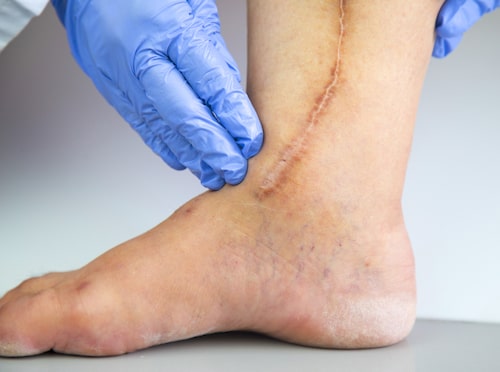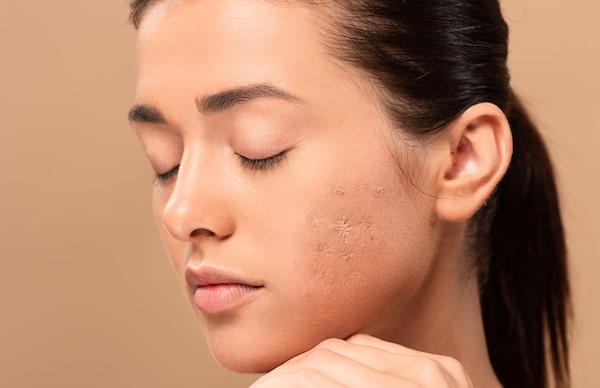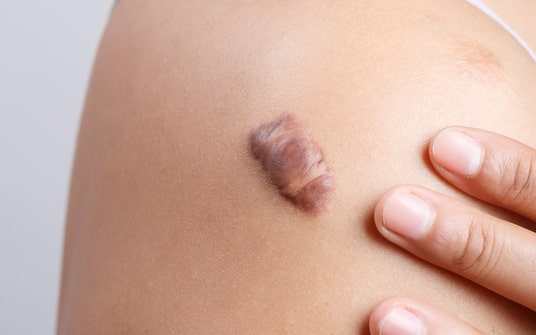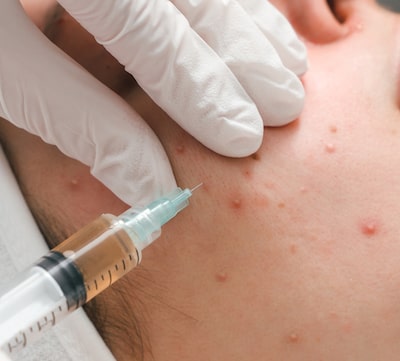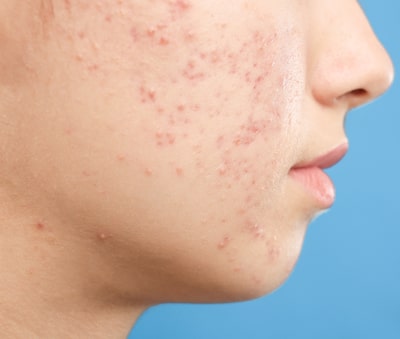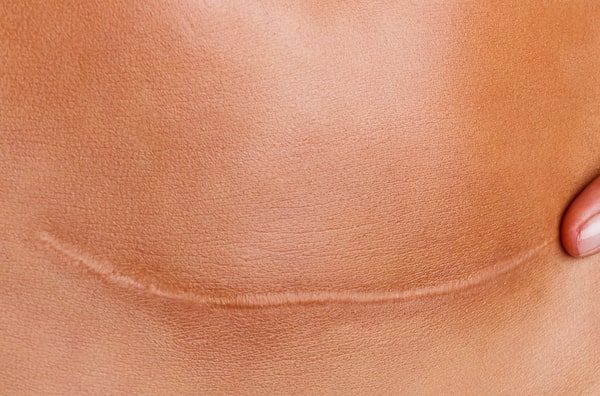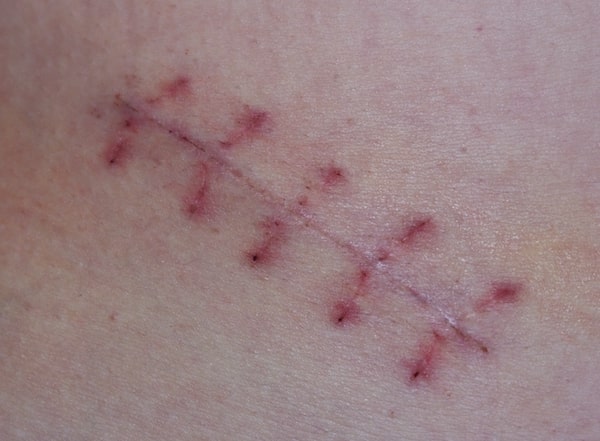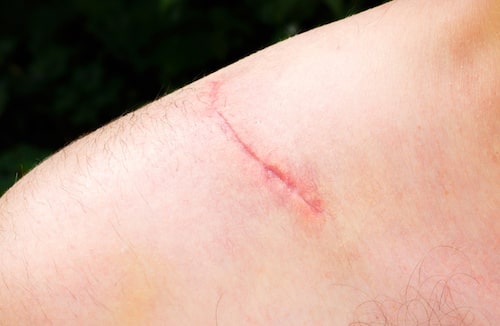While acne is often viewed as an issue faced mainly by teenagers, there are some adult females who experience acne on an ongoing basis. The issue of adult female acne, as well as acne scars, can cause people to feel less attractive, less confident, and less successful or happy as others. Keep reading to learn more about the issue of adult female acne and the emotional impact it can have on members of the public.
Adult Female Acne – Research Reveals Impact on Adults
Research results presented at the European Academy of Dermatology and Venereology (EADV) Congress 2023 spotlighted the effects of multiple anatomical variants of acne on both social perception and natural gaze patterns. In order to obtain the results, the research team tracked the eye movements of 245 participants. The average age of the participants was 31.63 years; SD: 10.63. The group of participants viewed both emotional and neutral faces of females who have what is considered to be clear skin as well as those with clinically relevant anatomical variants of acne. The emotions on their faces included feelings such as “angry,” “happy,” and “neutral.” The images viewed by the study group were rated for acne-related visual disturbances while the emotional faces were rated for valence intensity (the “good or bad” of an object, situation, or event).
There was also a separate group of 205 online survey respondents with an average age of 35.08 years; SD: 11.48. This group of respondents was asked to rate the personality traits of the individuals who were shown in the images. When it comes to the results of the study, the survey found that faces that had acne were viewed as being less attractive, less trustworthy, less confident, less successful, and less dominant. It was also noted that the results revealed that adult acne that was concentrated on females around the “U-zone” (located around the mouth, jawline, and chin) received the lowest scores related to attractiveness. In addition, these faces were considered to be the most visually disturbing. Plus, happy faces that contained female adult acne were also rated as having a look that was less happy than faces with clear skin.
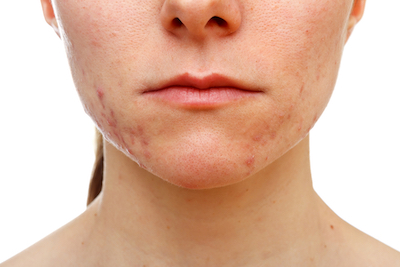
Adult Female Acne – Increase in the Occurrence on Female Faces
In the last decade, a 10% increase in adult acne has been reported in females across the globe. The acne experienced by females commonly impacts the chin and jawline. However, acne can appear on any area of the face. When adult acne forms on the body, it can have a serious psychological impact on how they view their appearance and even lead to depression, low self-esteem, and social isolation.
Even though the genetics of a person plays the biggest role in the formation of adult acne, there are other factors that can cause the development of adult acne including hormones, stress, and the diet of the individual person. There have been multiple studies in the past that have shown how the perception of less-than-ideal physical characteristics when it comes to the appearance of a person can lead someone to experience some level of emotional distress. These instances of emotional distress can include poor health, social isolation, and higher amounts of biological stress. There have also been instances where the appearance of a person has been shown to play a part in their search for a job, including whether or not the person is hired for a position.
Adult Female Acne – Author of the Study Speaks Out
The lead author of the study, Dr. Marek Jankowski, discussed the findings of the study. “With over a decade of experience in the field, I’ve consistently seen that adult female acne leads to more social challenges compared to adolescent acne. The findings therefore reaffirm this. However, what was truly surprising was images depicting generalized acne, covering a large area with more lesions, received more positive ratings than images featuring adult female acne occurring in the ‘U-zone.’”
Dr. Jankowski went on to discuss the implications of the study results. “Treatment needs to focus on improving the quality of life of patients, not just reducing the surface area impacted by the acne. Unfortunately, this is not currently a goal when treating acne, with therapeutic guidelines still advocating for certain treatment modalities based on the number of lesions, irrespective of their location. Unsurprisingly, acne severity scores do not correlate with quality-of-life scores in patients with acne. These results emphasize the emotional and psychological burden experienced by individuals with acne.”
Women who have adult female acne are encouraged to schedule an appointment with a medical professional who is experienced in treating the issue. The doctor can examine the face of the person to determine the extent of the acne outbreak and also form a treatment plan. Depending on the preference of the doctor, adult female acne can be addressed by treatments as varied as fillers, dermabrasion, chemical peels, laser resurfacing, light therapy, and laser therapy (to name some of the most popular treatment options).

